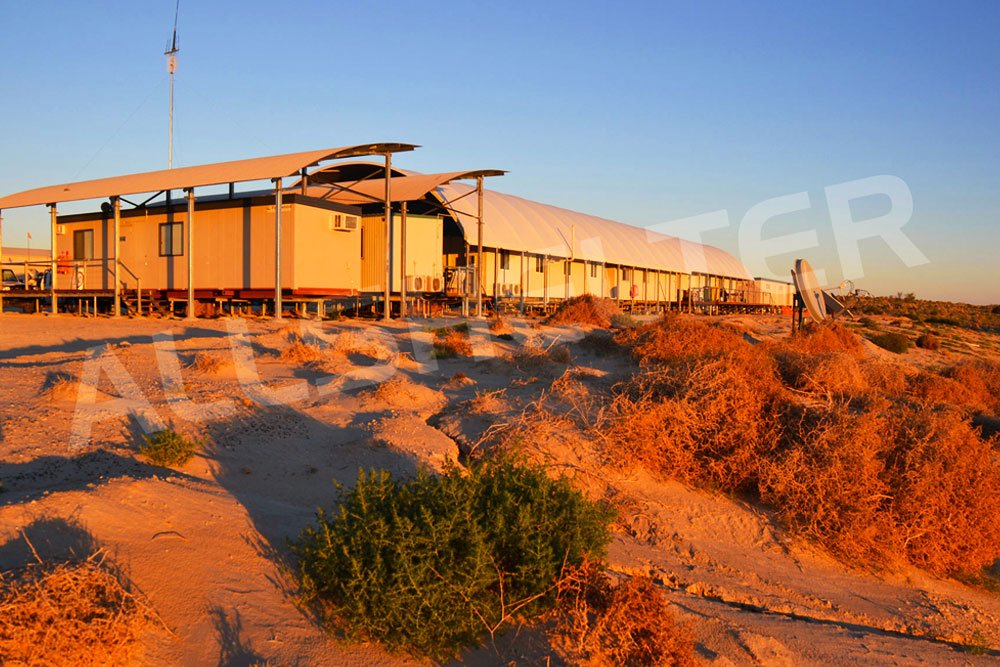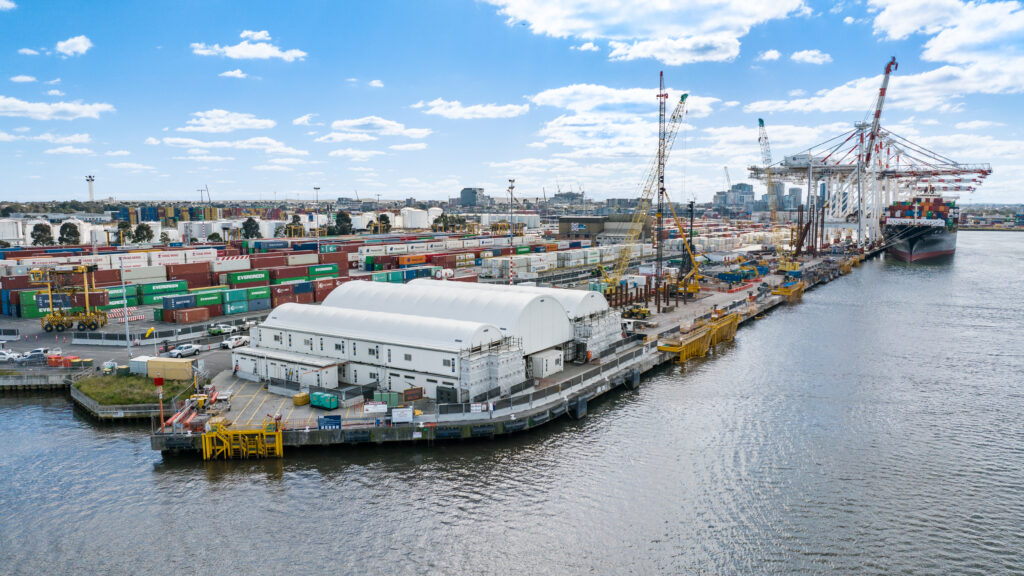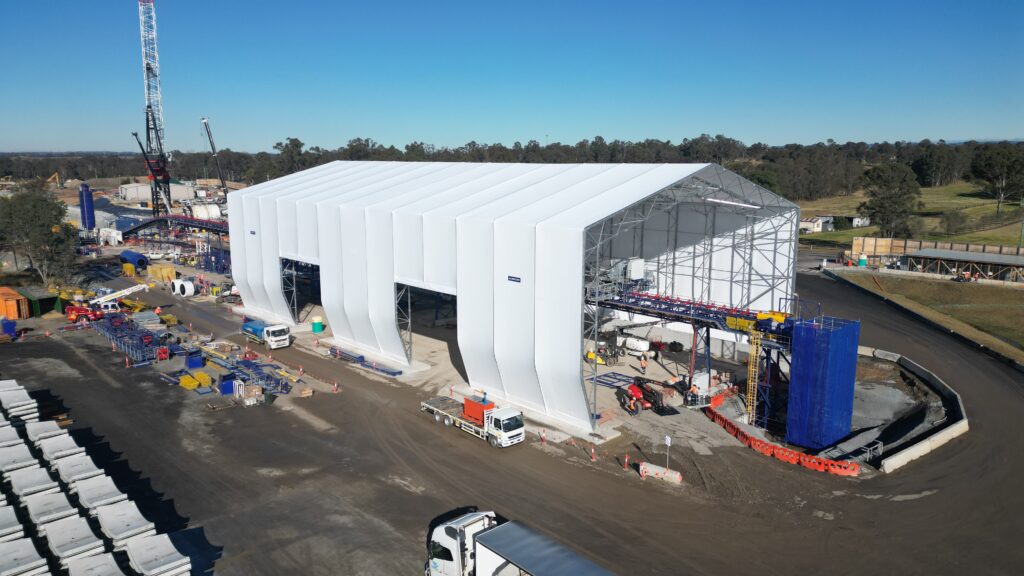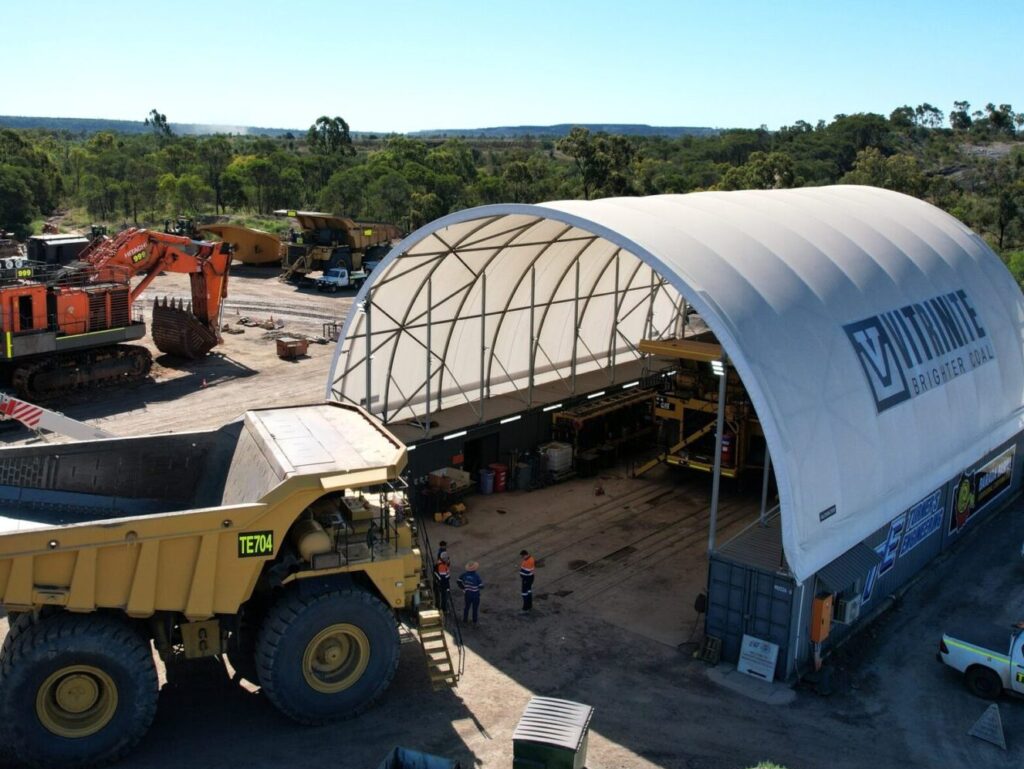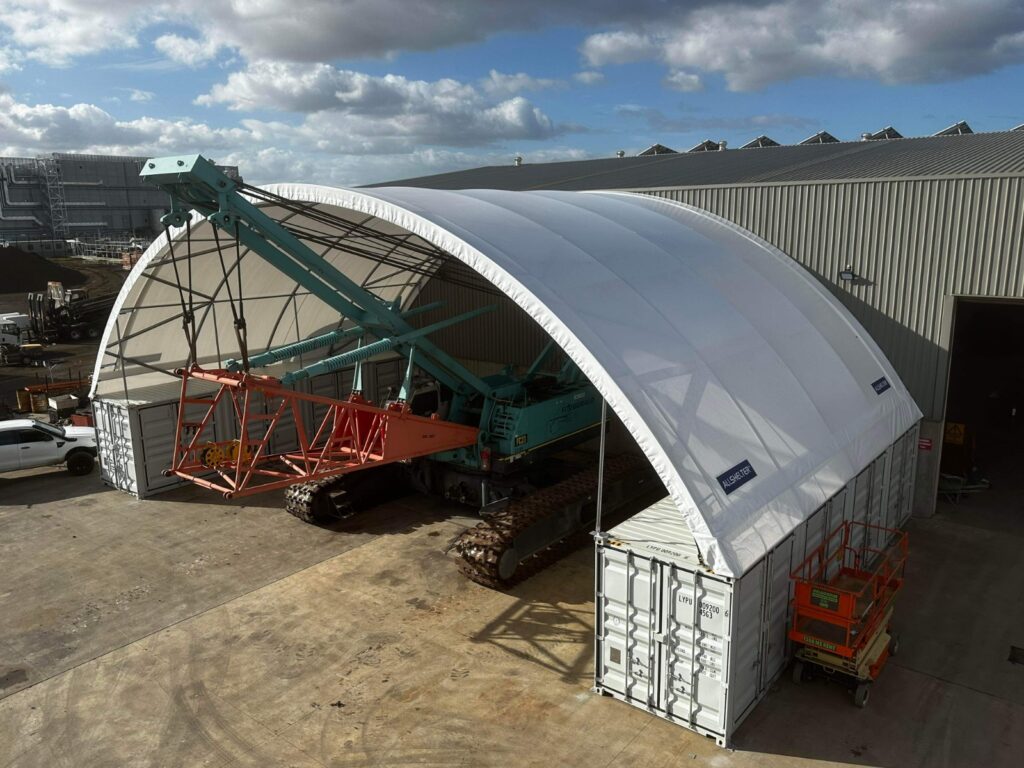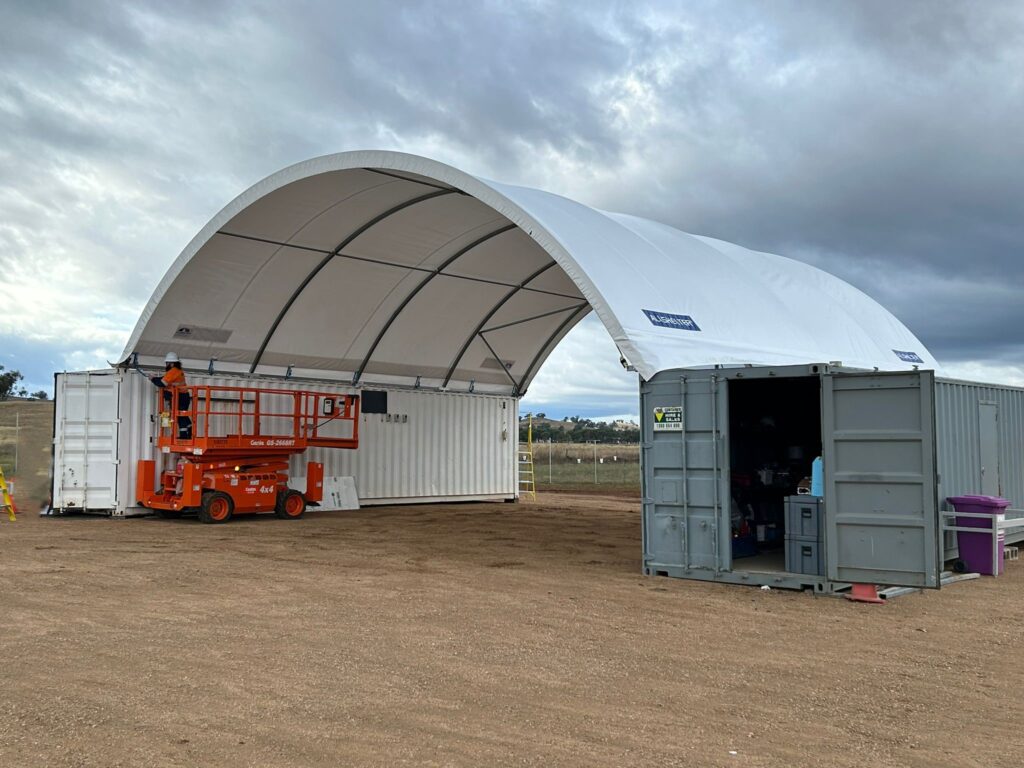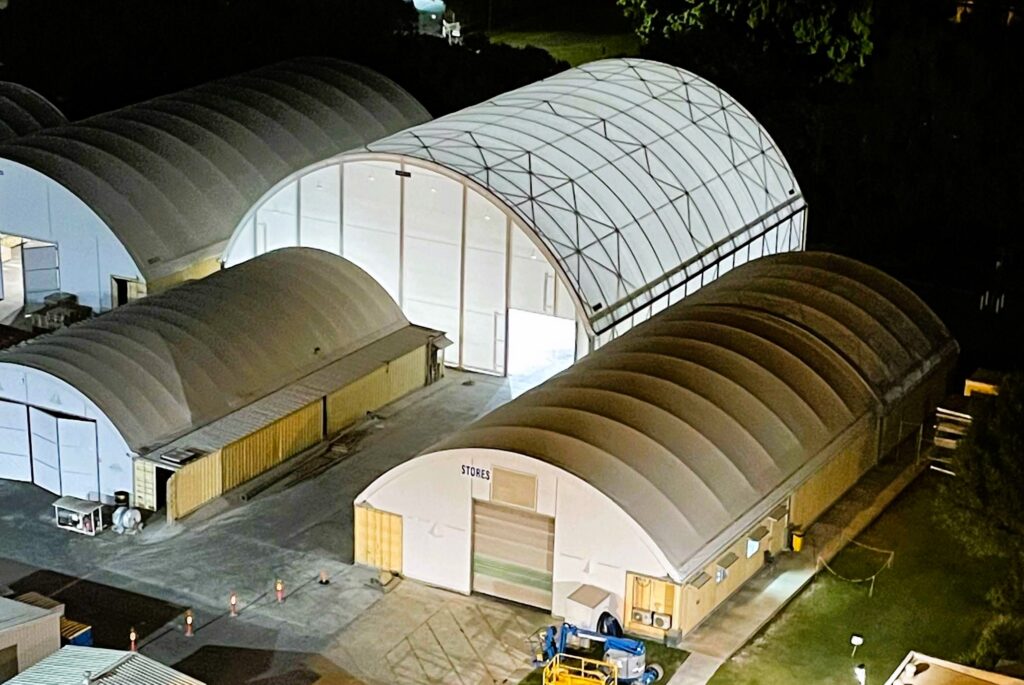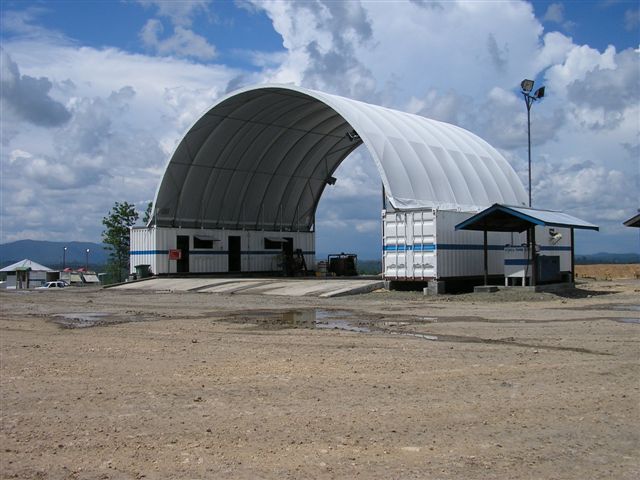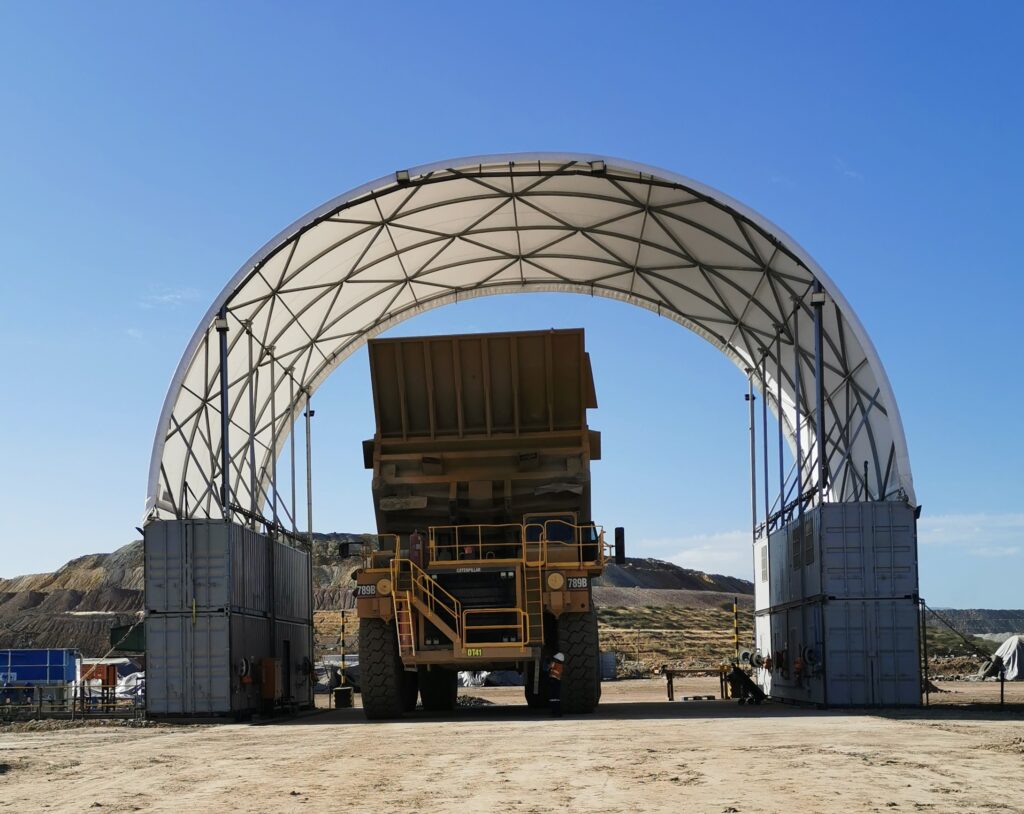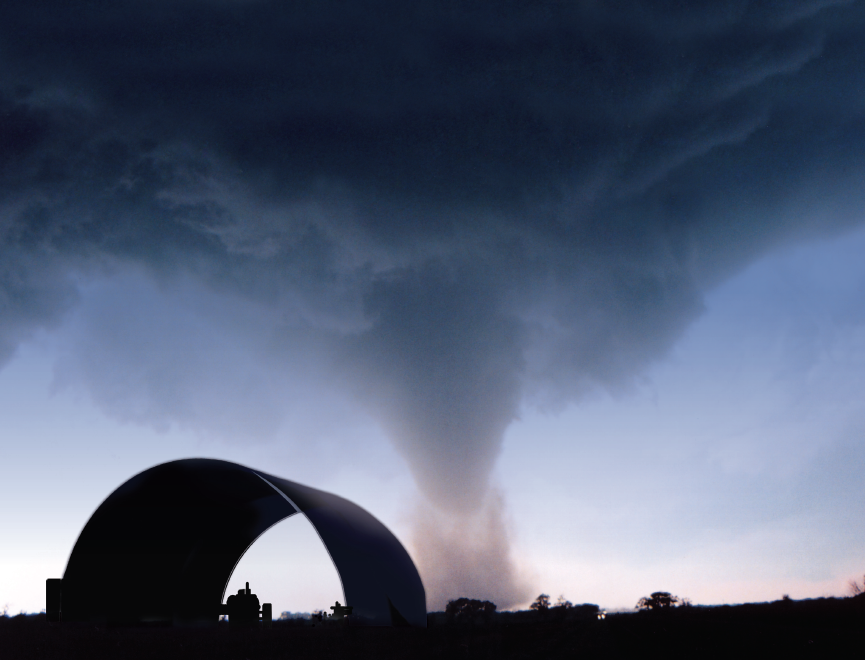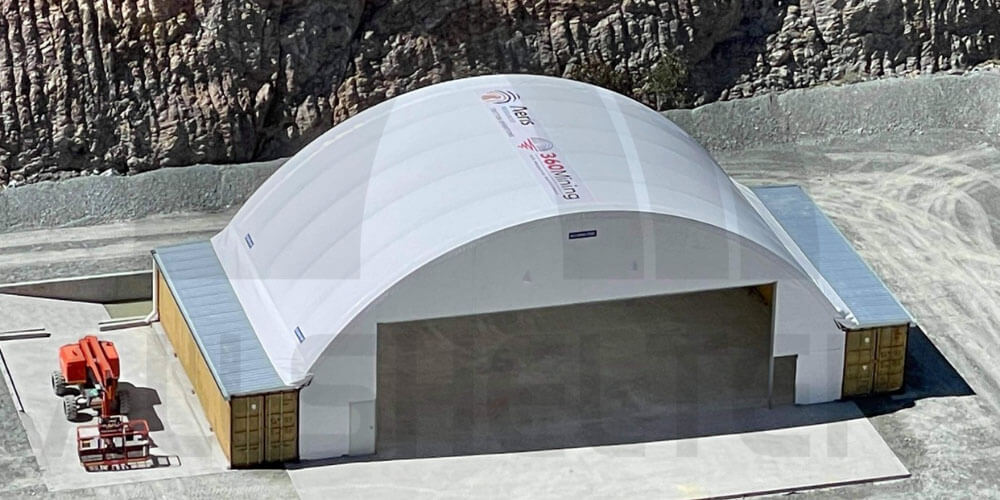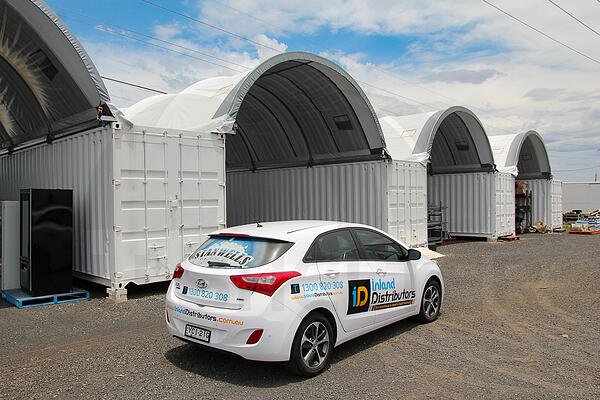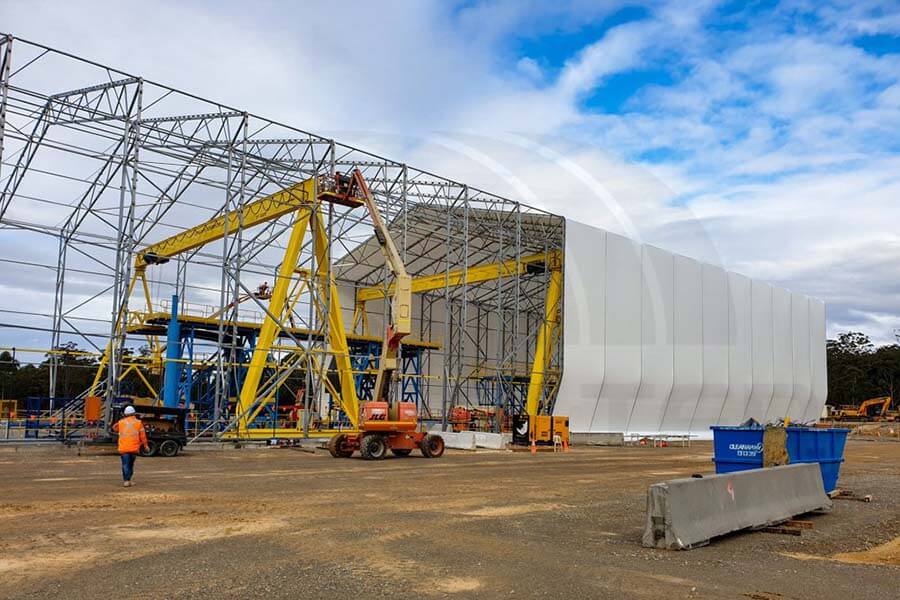Vast and rugged, the outback provides a dramatic backdrop for Beach Energy to claim its position as Australia’s largest onshore oil producer, with the majority of the company’s operations in the Cooper Basin, spanning South Australia and Queensland.
The western side of the Cooper Basin, known as the ‘Western Flank’, was barely explored until Beach constructed and commissioned its first oil facility in 2002. Subsequently, due to their pioneering mind-set, exploration triumphs, as well as installation of new oil flowlines, Beach’s activities have significantly increased in the area to incorporate several facilities and production wells. One such facility is a 52-person fly in-fly out (FIFO), a joint venture undertaking operated by Beach Energy, located at approximately 100 km west of Moomba in South Australia. This modular workforce housing, encompassing accommodation and recreation rooms, kitchen and dining facilities, laundry and ablution, was erected to lodge their production staff which are on a FIFO roster of 2 weeks on and 2 weeks off, back to back. These remote temporary demountables provide boarding as well for their transient construction workers, fauna handlers and clearance crews.
Being ephemeral, Cooper Creek is prone to overflow, and in very wet years, can submerge the entire Channel Country causing significant disruption to operations. However, the camp is strategically established on the higher grounds of the Western Flank, on the same side as the majority of Beach Energy’s exploration targets, thus mitigating the impact from such flooding. Together with the construction of the Kudnarri Bridge and various road upgrades, Beach Energy ensured their drilling operations could proceed unhindered.
However, the problem experienced with the FIFO facility was its vulnerability to the arid climate of the region. The demountables were exposed to extreme swings in temperatures causing the interior of each unit to be quite uncomfortable. The hottest month of the year could easily reach 38° Celsius, often higher, dropping down to 19° Celsius or less at night; in the winter, the mean minimum temperature is 6.4° Celsius with a record low at -0.5° Celsius. During the dry season, extremely strong wind gusts would sweep through the open structure bringing dust swirls from the barren soil.
The units were grouped into 2 sections of approximately 50m each forming an “L” shaped commune. In 2010, Beach Energy wanted a tailored weather protection system that would shelter the full length of each section of demountables, as well as extend over and connect at the junction of the “L”, providing further cover to a communal area set on a raised, wooden deck. This model would safeguard somewhat against the fluctuation in temperatures as well as allow personnel to walk from one section to another without being subjected to the weather.
According to Beach Energy, they had to consider some crucial elements in their selection process. They required a flexible system that would provide cool shade from the daily heat without obstructing sunlight, but also needed something that was strong enough to withstand the wind gusts; a system that was durable, cost effective and easy to install. Most importantly, a system was needed that was not a permanent structure and could easily be dismantled. As it was pointed out by Beach, “In the oil and gas industry, everything we do is of a semi-permanent nature. We only secure an exploration license for a certain period of time. When the license has to be surrendered, we have to take everything away”. Beach Energy is committed to conducting its operations in an environmentally responsible manner and believes in leaving a positive legacy. Furthermore, the company values the health, safety and well-being of its employees and contractors; a thriving organisation where people come first.
With all these considerations in mind, Beach Energy selected Allshelter, a leading Australian manufacturing and engineering business that specialises in designing, creating and delivering purpose built weather protection systems produced under the ISO 9001:2008 Quality Management System. According to Beach, “we liked Allshelter because they had the best suitability of product to do the job; it fitted the purpose and was easy of install”.
With their ‘hands on approach’ and strong customer focus, Allshelter and their team of specialists, including structural shelter and fabric experts, determined that the Post Mounted Shelter was the most befitting solution. Engineered by tensioning a high-strength woven polyethylene fabric over a curved lightweight steel framework, attached to high steel posts, the Post Mounted Shelter provides a robust, waterproof, clear span solution. Furthermore, having led the way in the industry by meeting the current compliance requirements, right from when it began in 1999, Allshelter provided Beach Energy with a structure classified as: Region A, Terrain Category 2, Importance Level 2: 147.6km/h wind speeds. Over a period of 5 weeks, Allshelter focussed on adapting the product to meet Beach’s exact specifications. The height of the posts had to be extended from the standard 2.4m to a 3m length. Furthermore, the Post Mounted Shelter had to clear the existing buildings as well as allow generous head room for personnel, standing on the central communal wooden deck, to still see out. 2 separate structures were produced each having a width of 10m, an apex height of 6.5m and a length of 50m.
When delivered on site, Beach Energy assembled the individual shelters over the “L” shaped FIFO complex. As stated by the company, “the final outcome was very aesthetically pleasing. We are very happy with the product, and the solution provided met all expectation. The staff is comfortable, feeling safe and protected. There have been such strong winds at time and people seriously thought everything would take off. But the Allshelter remained fast and steady”. Beach further stated that they “met with several providers during the selection process. However, they did not provide us with the same level of confidence that their product could withstand strong winds. Allshelter’s range of products has been engineered and they have documentation to support that. Other providers do not. Allshelter is reliable and they have been around for a long time”. The area is not regarded as a cyclone region, though the winds do get very strong; however the safety of their staff is always a big concern for Beach Energy.
In 2013, an additional section of demountables was added to the FIFO facility to form a “T”. Beach Energy called on Allshelter to produce another Post Mounted Shelter with a length of 41m to match the previously installed structure, and join in the centre over the communal area. A total number of 130 posts were used for the erection of the 3 Post Mounted Shelters. The company conveyed that they “went back to Allshelter because of the great work they have done the first time around”.
With such commitment to providing perfect customer service and satisfaction, it is not hard to see why Allshelter has grown to become the Australasian market leader in innovative weather protection systems.
References:
Beach Energy Website
https://www.beachenergy.com.au/cooper-eromanga-basins/
https://www.beachenergy.com.au/investor-overview/
https://www.beachenergy.com.au/history/
https://www.beachenergy.com.au/operations-map/
https://www.beachenergy.com.au/sustainability-2/our-environment/
https://www.beachenergy.com.au/work-at-beach-energy/
Beach Energy Environmental Impact Report:
http://www.beachenergy.com.au/IRM/Company/ShowPage.aspx?CategoryId=190&CPID=2937&EID=75598299
Cooper–Eromanga Basin – Exploration Opportunities
http://www.pir.sa.gov.au/__data/assets/pdf_file/0008/27665/cooper_98.pdf
Beach Petroleum – Cooper Basin Petroleum Production Operations:
http://www.beachenergy.com.au/IRM/Company/ShowPage.aspx?CategoryId=190&CPID=2936&EID=46468851
Beach Energy March 2013 presentation:
http://www.beachenergy.com.au/IRM/Company/ShowPage.aspx/PDFs/2883-13246547/BeachEnergyPresentationMarch2013
Beach Energy 2013 Year End Report:
http://www.beachenergy.com.au/IRM/Company/ShowPage.aspx/PDFs/3201-49734938/AnnualReporttoshareholders
